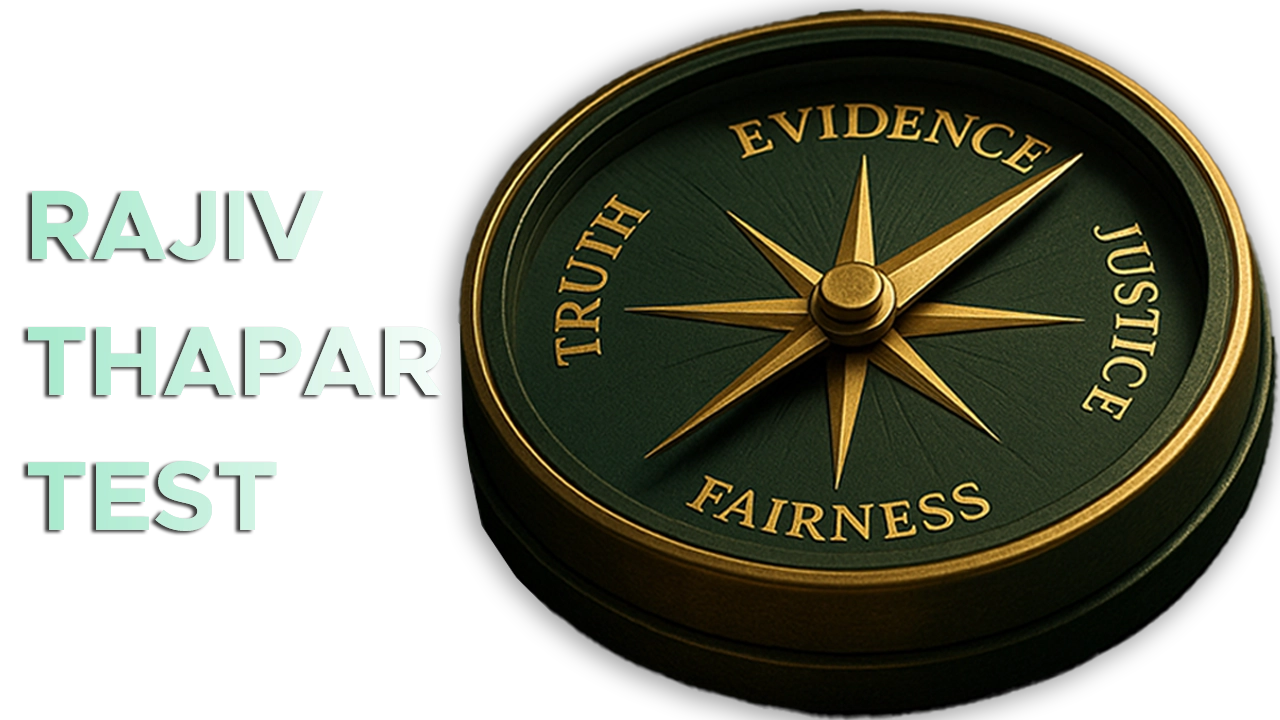Introduction
In a landmark ruling that promises to shape the contours of criminal law under India’s new legal framework, the Supreme Court has decisively intervened in the case of Pradnya Pranjal Kulkarni v. State of Maharashtra1. This judgment provides crucial clarity on the inherent powers of High Courts to quash criminal proceedings, even after a chargesheet has been filed. The pivotal decision emerged from a dispute where the Bombay High Court had dismissed a petition to quash a FIR2, deeming it “infructuous” due to the subsequent filing of the chargesheet. The Supreme Court’s verdict not only corrects this procedural misstep but also underscores the delicate and vital relationship between a court’s constitutional jurisdiction and its statutory powers under the newly enacted BNSS3.
The Supreme Court’s verdict centered on a “distinct factual dissimilarity” between the case at hand and a prior ruling relied upon by the Bombay High Court. The lower court had based its decision on Neeta Singh & Ors. v. The State of Uttar Pradesh & Ors4., but the Supreme Court found that its ratio had been “misread and misapplied”. The critical distinction lies in the legal provisions invoked. In Neeta Singh, the petition was filed only under Article 226 of the Constitution, and cognizance of the offence had already been taken, limiting the High Court’s ability to intervene.
In sharp contrast, the petition in the Pradnya Kulkarni case invoked both Article 226 and the High Court’s inherent powers under Section 528 of the BNSS, which mirrors Section 482 of the Code of Criminal Procedure, 1973. The Supreme Court’s judgment clarifies that while a judicial order of taking cognizance may limit the power under Article 226, the inherent powers under Section 528 of the BNSS are still available to be exercised. This allows the High Court to quash not only the FIR and chargesheet but also the order of cognizance, provided a strong factual case is made.
This decision reinforces the principle that courts must look beyond the form of a petition and consider the substance of the grievance, particularly when it relates to the abuse of legal process. The exercise of this power is not a new concept; it is a well-established principle in Indian jurisprudence. The Supreme Court’s landmark judgment in State of Haryana v. Bhajan Lal5 laid down a list of exhaustive guidelines for when the High Court can invoke its inherent powers to quash an FIR, including situations where the allegations, even if taken at face value, do not disclose a cognizable offense, or where the criminal proceeding is “manifestly attended with mala fide and/or where the proceeding is maliciously instituted with an ulterior motive for wreaking vengeance on the accused.” Furthermore, in R.P. Kapur v. State of Punjab6. The Supreme Court established the principles for quashing a criminal complaint, affirming the High Court’s inherent power to do so. The Kulkarni judgment can be seen as a direct application of these principles, adapting them to the new legal framework.
The Kulkarni judgment affirms that the mere filing of a chargesheet or the taking of cognizance does not automatically strip the High Court of its power to quash. This is consistent with earlier rulings, such as Abhishek v. State of Madhya Pradesh7, where the Supreme Court held that the High Court would continue to have the power to entertain a quashing petition even when a chargesheet is filed during its pendency. This ruling resonates with other recent judgments, such as Imran Pratapgadhi v. Supreme Court of India8, which held that constitutional rights, like the fundamental right to freedom of speech and expression Article 19(1)(a), are a crucial consideration when a court decides to quash an FIR. The court’s analysis must always focus on whether the ingredients of the alleged offence are genuinely made out, preventing the misuse of criminal law to stifle fundamental rights. By setting aside the Bombay High Court’s order, the Supreme Court has rectified a potential procedural injustice, ensuring that a mere technicality does not close the door to a genuine plea for justice. Together, these judgments suggest a judicial trend towards a more expansive and purposive interpretation of High Court powers to quash criminal proceedings under the new BNSS, prioritizing justice and constitutional rights over rigid procedural formalism.
Recently, the Supreme Court in Rajiv Thapar v. Madan Lal Kapoor9 laid down four-step test which provides a meticulous framework for High Courts to exercise their inherent power to quash criminal proceedings. It serves as a judicial compass, guiding the court’s conscience to intervene in cases where the continuation of a trial would amount to an abuse of the legal process.
This test operates on a principle of judicial scrutiny, ensuring that the extraordinary power of quashing a criminal case is not wielded lightly. It compels the court to first assess the quality of the evidence presented by the accused, demanding that the material be “sterling and impeccable.” Next, it requires the court to evaluate the impact of this evidence, checking if it decisively overrules the factual claims made in the original complaint. The third step focuses on the unrefuted nature of the evidence, ensuring that the prosecution or complainant has not successfully challenged the material provided by the accused. Finally, the test asks the court to consider the ultimate purpose of the legal process: would a continued trial serve the ends of justice or merely be an exercise in futility?
By requiring a “Yes” to all four steps, the Supreme Court has established a high bar, ensuring that this power is reserved for truly deserving cases. It acts as a safeguard, protecting the innocent from prolonged and baseless trials while simultaneously preserving the integrity of the judicial system.
Conclusion
The Supreme Court’s verdict stands as a powerful testament to the judiciary’s unwavering commitment to securing justice and upholding constitutional rights. By clarifying that the inherent powers of the High Court to quash criminal proceedings remain intact even after a chargesheet is filed, the judgment ensures that procedural technicalities do not become a barrier to a genuine plea for justice. This pivotal decision reinforces a judicial trend toward a more expansive and purposive interpretation of these powers under the new legal framework. Ultimately, the ruling serves as a vital safeguard against the potential misuse of the criminal process, prioritizing the substance of a grievance and the protection of fundamental rights over rigid formalism.
Citations
- Pradnya Pranjal Kulkarni v. State of Maharashtra Special Leave to Appeal (Crl.) No.13424/2025
- First Information Report
- Bharatiya Nagarik Suraksha Sanhita
- Neeta Singh & Ors. v. The State of Uttar Pradesh & Ors.Special Leave to Appeal (Crl.) No(s). 13578/2024
- State of Haryana v. Bhajan Lal 1992 AIR 604
- R.P. Kapur v. State of Punjab1960 INSC 58 (25 March 1960)
- Abhishek v. State of Madhya PradeshCriminal Appeal No. 1457 of 2015, decided on August 31, 2023.
- Imran Pratapgadhi v. Supreme Court of India Criminal Appeal No. 1545 of 2025, decided on March 28, 2025
- Rajiv Thapar v. Madan Lal Kapoor CRIMINAL APPEAL NO.3831 OF 2025
Expositor(s): Adv. Archana Shukla






